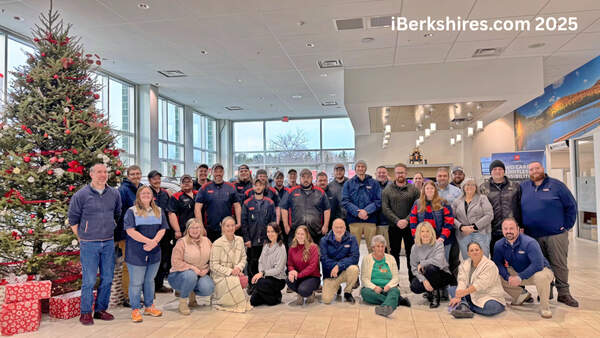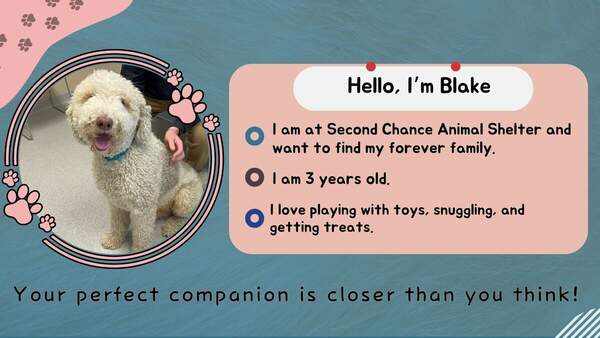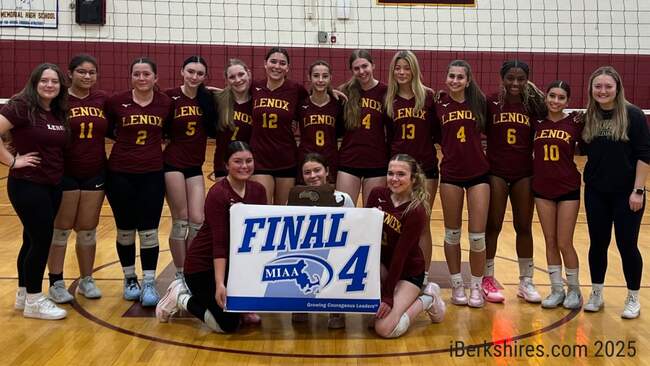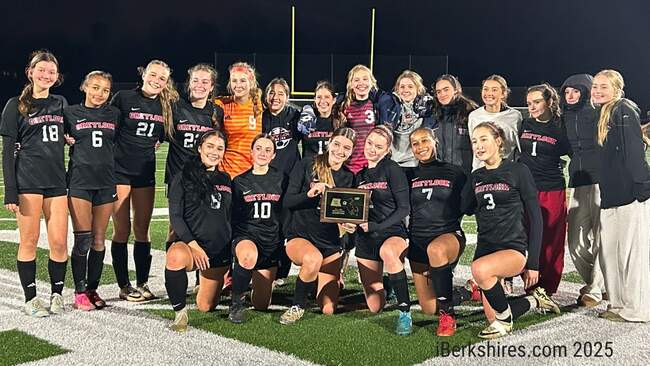SVMC Helping Train Paramedic Students Learn to Intubate
 |
BENNINGTON, Vt. — Among many other critical skills, a paramedic needs to know how to intubate, or insert a tube to help a patient breathe. And there are few places to practice this life-saving skill, except an operating room.
The Operating Room at Southwestern Vermont Medical Center and Anesthesiology Associates of Bennington have joined Vermont Technical College to provide paramedic students the opportunity to intubate patients.
Vermont Tech's year-long Paramedicine Program, which is the only one in the state, was established in 2015, and its first graduates completed their classroom-based studies in August. These students work in a wide variety of hands-on clinical experiences that last as long as four to six months. SVMC has a longstanding relationship with area academic institutions training nurses, and paramedic students rotate through many of the same areas that student nurses do.
"The training is rigorous," said Dr. Daniel E. Perregaux, who is an Emergency Department physician at SVMC, the medical director of both Emergency Medical Services in southwestern Vermont and of the Vermonth Tech Paramedicine Program, and an instructor in the program. "Intubation is the same, whether it is performed in the back of an ambulance or in the safety of the O.R. That's why the O.R. is such a good place to train and gain confidence."
As a requirement for being allowed in the O.R., each student has performed many dozens of intubations on mannequins specially designed for this type of procedural competency. In addition, patients are advised that a student is available to perform the intubation and then decides whether to allow the student to perform the procedure or to have an anesthesiologist do it. Students are closely supervised and mentored, and an anesthesiologist takes over at the first sign of difficulty.
"The students are well prepared for their experience in the O.R.," said Dr. E. Michael Tarazi, anesthesiologist with Anesthesiology Associates of Bennington and chair of SVMC’s Department of Anesthesiology. "They take their training very seriously, and it is gratifying to see them master this important skill."
Students need to complete at least five live oral trachea intubations to be granted the opportunity to take their national written and practical exams, which are necessary to become licensed.
"Paramedics are such an important part of a community’s safety and wellbeing. I am grateful to the many patients and to the anesthesiologists who allow the students to gain confidence with this important skill," Perregaux said.
Tags: SVMC,















